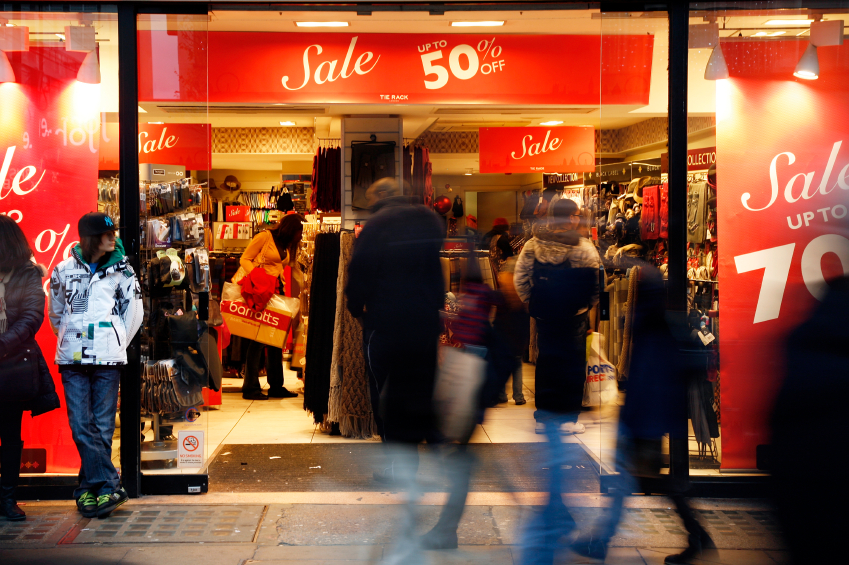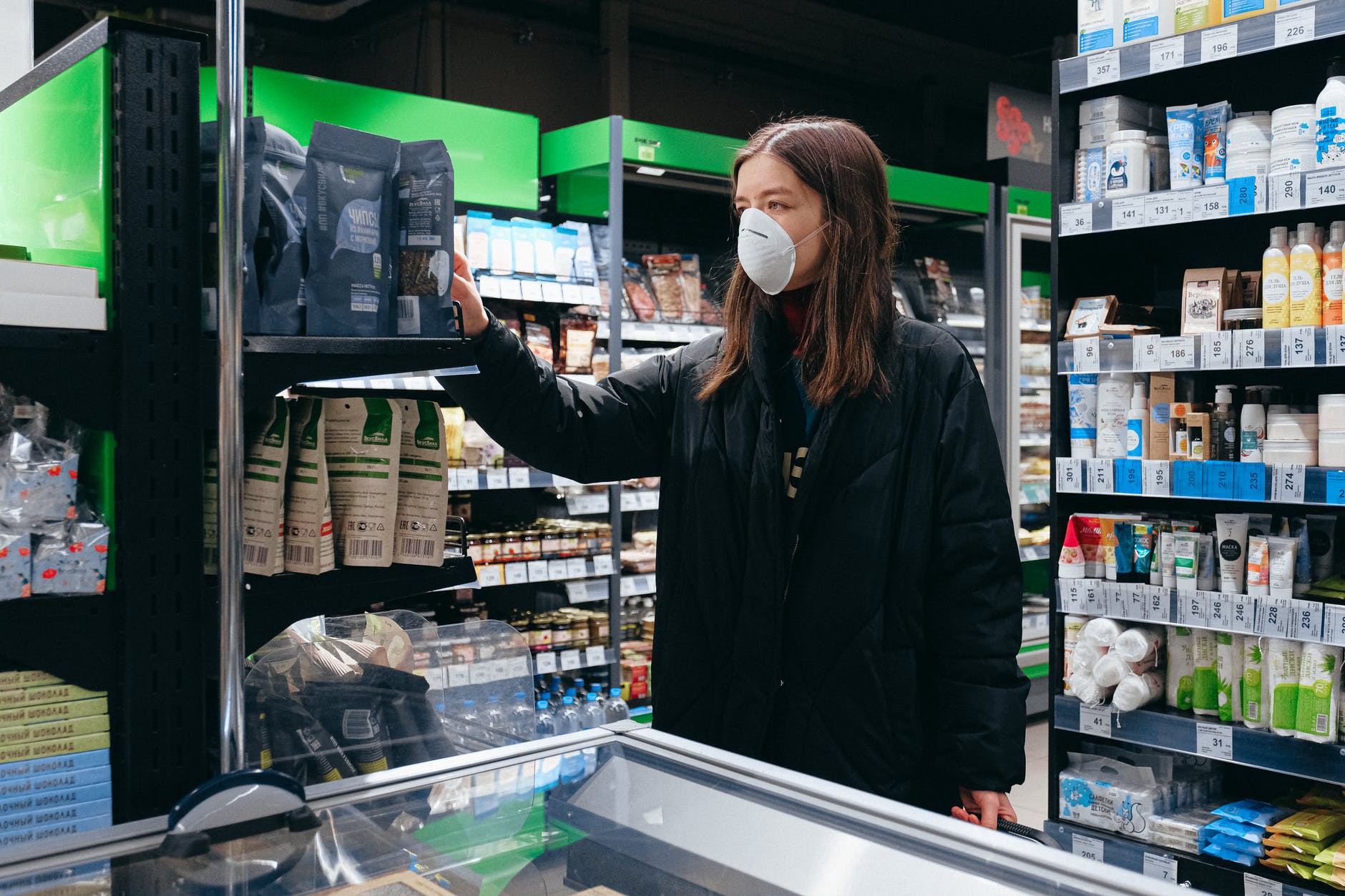
Five Common Retail Practices That Will Be Obsolete by 2018
Five Common Retail Practices That Will Be Obsolete by 2018
Gone are the days of consumers waiting around for new products to hit shelves. They’re taking to the Internet to buy their favorite products as soon as possible, and retailers that fail to keep pace are watching their profit margins plummet — or closing their doors altogether. Fortunately, there’s a way to keep up, and it starts with being prepared for the future of retail.
Here are five common retail practices that will become obsolete by 2018 (so go ahead and stomp them out now):
1. Boring customer experiences.
Consumers need to be entertained these days. Even when they hop on the subway for a short ride, they pull out their smartphones to pass the time. Therefore, you must provide an interactive, enlightening experience at each point of contact with each customer. Whether it’s on your website or in a brick-and-mortar store, your customers want to try out products, view videos and tutorials, and much more. The more engaged you keep your customers, the more likely they are to make a positive purchasing decision.
One way to keep your customers engaged is to provide them with a dressing-room mirror that syncs with their smartphones. They can try on outfits, sync the mirror with their devices, and share the pictures with friends. Another example comes from Motorola, which allows customers to scan items before going into the dressing room. If any of the items don’t fit and the store doesn’t have the right size in stock, the customer can use the scanning app to order the item.
2. Long-order shipments.
If your retail store directs much of its attention toward long-order shipments, you’ll soon see those orders dying down. People want instant gratification. Uber and GrubHub have exemplified the possibilities of providing consumers with the exact type of instant gratification they prefer.
An effective way to meet this demand is by using a POS system that provides a holistic view of inventory, as well as metrics and analyses on which items need to be restocked before the demand exceeds the supply. With that holistic view, retail stores can provide up-to-date information regarding any product or service. If it’s determined that a product is available only through a long-order shipment, the customer will likely take his business elsewhere.
3. Blast offers.
Blast offers don’t convert well, and they can even lead to being blacklisted on customers’ email accounts, rendering all future email marketing tactics useless. With the Internet and smartphones, customers have become accustomed to targeted ads, so each email offer needs to be personalized, too.
Retailers have to make their offers relevant, which will include sending contextual and personalized offers to each customer segment based on marketing automation software. This software will collect and store historical data coming from a variety of outlets, including POS, contact centers, supply chain systems and loyalty programs. By combining data with marketing efforts, retailers can deliver personalized content that resonates with each recipient.
4. Cash payments.
Most people prefer to pay with credit and debit cards these days. Some are even turning to new currencies, such as Bitcoin. In turn, most businesses are taking advantage of various payment forms.
Some retailers have steered clear of credit and debit card payment options because they have to pay the card providers a certain fee, and sometimes, there’s a fee charged by the software provider, too. Although those fees add up, they don’t compare to the money that can be made by offering multiple payment options. Many retailers have seen their sales double and even triple after offering credit card payment options. One study found that 83 percent of retailers saw their sales increase, with 52 percent making at least $1,000 extra a month and 18 percent seeing their monthly sales increase by more than $20,000.
5. Subtle marketing.
Consumers want to be marketed to. They want to be told what they need to purchase and why they need to purchase it. With subtle marketing tactics, however, companies aren’t connecting with their customers personally.
Through advanced clientele practices, your employees can bring your storefront to the customer. From tablets to portable POS terminals, employees gain access to pertinent customer data, enabling them to deliver effective guided selling, exceptional customer service, deep product content, and cross-selling and up-selling suggestions. The 360-degree view of each customer allows retailers to use key performance indicators to close deals.
The retail industry is changing in front of our eyes. Consumers are all about convenience, and today’s technology is making it possible to speed up the purchasing process more than ever before. In the next few years, these five retail practices will die. Be prepared to replace them effectively.
Related Posts:
https://sambahreini.com/2015/08/how-a-real-time-feedback-loop-impacts-customer-service/
https://sambahreini.com/2015/11/what-brick-and-mortar-can-learn-from-amazons-storefront-in-manhattan/


